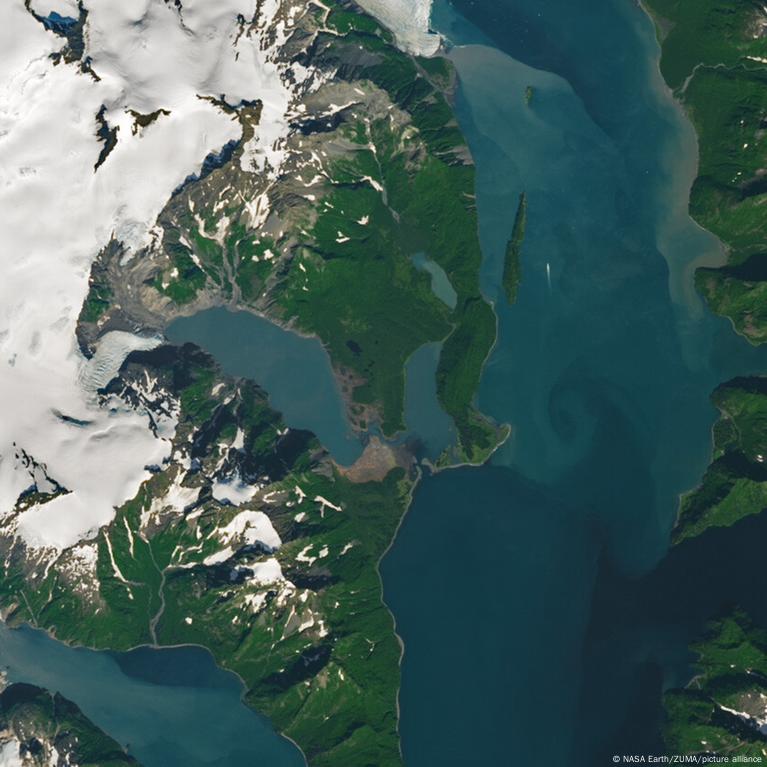
Alaska Shaken by 7.3 Quake, Tsunami Alert Briefly Raised Then Lifted
Just a few hours ago, a powerful 7.3-magnitude earthquake rattled the seafloor off the coast of Alaska, triggering temporary tsunami concerns and raising alarms across the region. The quake struck at around 12:37 p.m. local time, according to the U.S. Geological Survey, with the epicenter located about 54 miles south of Sand Point, a small community in the Aleutian Islands. The tremor originated at a depth of roughly 20 kilometers beneath the Earth’s surface—deep enough to be powerful, but not so shallow as to create catastrophic surface damage.
Initially, the event prompted an urgent tsunami warning. People living along the southern Alaska coastline and the Alaska Peninsula were quickly advised to move inland and stay away from all bodies of water. The alert extended across hundreds of kilometers of remote but seismically sensitive territory. Coastal residents were urged to avoid harbors, beaches, and marinas as the National Tsunami Warning Center monitored wave activity and seismic aftershocks.
Also Read:- McIlroy Returns to Portrush as The Open Leaderboard Heats Up
- Giants Dominate Bombers as Stringer Haunts Former Club in Statement Win
Thankfully, within two hours, that warning was downgraded to an advisory—and eventually withdrawn altogether. A small tsunami was recorded, but the highest wave reached only about 0.2 feet (6.1 centimeters) at Sand Point, far from what would pose any real danger. Still, the initial reaction was swift and serious, highlighting how seriously tsunami threats are taken in this part of the world. This region sits squarely on the Pacific Ring of Fire, a hotbed for tectonic activity where earthquakes and volcanic eruptions are relatively common.
Following the main shock, more than a dozen aftershocks rippled through the region. One of the strongest aftershocks measured 5.2 in magnitude. Emergency authorities maintained close communication with residents and local officials, ensuring that safety protocols were followed and that people didn’t return to potential danger zones prematurely.
While the earthquake was certainly strong, there have been no reports of injuries or significant damage. It’s a reminder of just how volatile this part of the planet can be—and how preparedness, early warning systems, and clear communication can make a real difference in minimizing harm.
For British Columbia and other parts of the Pacific Northwest, the news also brought a wave of worry—but fortunately, officials have confirmed there is no tsunami threat to those regions.
This quake also echoes past seismic activity in Alaska, including a 7.2-magnitude quake that shook the Alaska Peninsula in 2023. Though no major destruction occurred then either, the frequency of such events underscores why Alaska is constantly under geological watch. For the people who live there, each tremor—big or small—is more than a statistic; it's a reminder of the restless Earth beneath their feet.
Read More:



0 Comments